Page 9 of 154

8GETTING TO KNOW YOUR CAR
OPERATION
Each time the ignition key is turned
to STOP, or PARK, the protection
system will automatically immobilise
the engine.
When the key is turned to MARto
start the engine:
1) if the code is recognised the ¢
warning light on the instrument panel
will flash briefly; this means the pro-
tection system has recognised the key
code and deactivates the immobiliser,
turn the key to AVV, and the engine
will start;
2) if the ¢warning light stays on,
the code has not been recognised. In
this case, turn the key to STOP po-
sition and then turn it back to MAR;
if the engine remains immobilised, try
with the other keys provided.If you are still unable to start the en-
gine, use the emergency starting pro-
cedure (see
IN AN EMERGENCY) and
take your car to the nearest Fiat
Dealershipas soon as possible.
When the car is travelling and the
key is at MAR:
1) if the ¢warning light comes on
while the car is moving, this means
that the system is running a self-test
(e.g. due to a voltage drop);
2) if the warning light ¢flashes
when the key is in MAR the car is not
protected by the Immobiliser. Contact
your Fiat Dealershipand get them
to store the codes of all the keys in
the memory.
IMPORTANT The electronic
components inside the key may be
damaged if the key is subjected to
sharp knocks.IMPORTANTEach key provided
with the car has its own code, differ-
ent from all the others, which must be
stored in the memory of the system
control unit.
All the keys (originals and
duplicates) and the
CODE card must be
handed over to the new owner
when selling the car.
Page 10 of 154

Used batteries pollute
the environment. Dispose
of them in the special
containers as specified by current
legislation or take them to your
nearest Fiat Dealership, which
will deal with their disposal.
THE REMOTE
CONTROL
The remote control has a button A-
fig. 3 and a led Bto turn door lock-
ing on; the button activates the con-
trol and the led flashes while the
transmitter is sending the code to the
receiver.
The radio-frequency wave remote
control should only be used near the
car.
9GETTING TO KNOW YOUR CAR
Ministerial homologation
In accordance with the legislation
covering radio frequencies in force in
each country, we should like to point
out that:
– the market-specific homologation
numbers are listed at the back of this
handbook (homologation fiche are
provided for some countries);
– in markets requiring transmitter
marking, the transmitter code is
printed on the remote control.REPLACING THE BATTERIES
fig. 4
If when the remote control button
is pressed the doors are not
locked/unlocked or the performed
operation signal (indicator lights on)
does not appear, change the battery,
using spare batteries of the same kind,
as follows:
1) open the plastic shells using the
tip of a screwdriver inserted in the
ring groove indicated in figure;
2) insert a new battery Brespecting
the polarity;
3) close the plastic shells.
fig. 3
P4Q00030
fig. 4
P4Q00031
Page 11 of 154

10GETTING TO KNOW YOUR CAR
fig. 6
P4Q01074
fig. 6a
P4Q01075
When the car is parked on a steep
slope the reel mechanism may block;
this is normal. The reel mechanism
prevents the webbing coming out
when it is jerked or if the car brakes
sharply, as in a collision or when cor-
nering at high speed.
The rear seat is fitted with inertial
seat belts with three anchor points
and reel.
CENTRAL REAR SEAT
For versions /markets where ap-
plicable the centre seat, if any, is
fitted with lap belt with two an-
chor points. To unfasten the seat belts, press but-
ton D. Guide the seat belt with your
hand while it is rewinding, to prevent
it from twisting.SEAT BELTS
USING THE SEAT BELTS
The belt should be worn keeping the
chest straight and rested against the
seat back.
Take hold the tongue B-fig. 5and
insert it into the buckle C, until hear-
ing the locking click.
If it jams, let it rewind for a short
stretch, then pull it out again without
jerking.
fig. 5
P4Q01060
Do not press button D
when running.
Through the reel, the belt automat-
ically adapts to the body of the pas-
senger wearing it, allowing freedom of
movement.
Page 12 of 154

The rear seat belts shall
be worn as shown in fig-
ure 6. Figure 6a shows
wrong seat belt fastening, not to
be followed.
11GETTING TO KNOW YOUR CAR
fig. 7
P4Q00018
Remember that in the
case of violent collision,
back seat passengers not
wearing seat belts also represent
a serious danger to the front pas-
sengers.
ADJUSTING THE SEAT BELT
HEIGHT
There are two anchoring positions
A and B-fig. 7 for front seat belts on
the door post.
Before driving off for the first time,
adjust the position of the seat belt an-
choring point according to your height
and favourite driving position. If re-
quired, have the anchoring point of
the seat belt adjusted.
IMPORTANT Have this operation
performed at a Fiat Dealership only
as it involves passenger safety.USING THE CENTRAL REAR
SEAT BELT
(For versions/markets)
To fasten the seat belt:push the
fastener tongue A-fig. 7ainto slot B
of the buckle, until you hear it click.
To unfasten the seat belt:press
button C.
To adjust the belt:slide the web-
bing through D, pulling length Eto
tighten and length Fto loosen.
IMPORTANTThe belt is adjusted
properly when it fits closely across the
hips.
fig. 7a
P4Q00037
In order to ensure that the correct
tabs are fitted into the corresponding
buckle, the tabs of the side belt and the
buckle of the centre seat (only ab-
dominal) are incompatible.
Page 13 of 154

12GETTING TO KNOW YOUR CAR
AIRBAGPRETENSIONERS
AND
CLOCK SPRING2019
07
2018 2017
01 02 03 04 05 06
08 09 10 11 122015
07
2014 2013
01 02 03 04 05 06
08 09 10 11 12
ATTENZIONE:
CAUTION:
ACHTUNG: ATTENTION:
fig. 7b
P4Q00226
Operations which lead
to knocks, vibrations or
localised heating (over
100°C for a maximum of 6
hours) in the area around the
pretensioners may cause damage
or trigger them. These devices
are not affected by vibrations
caused by irregularities of the
road surface or low obstacles
such as kerbs, etc. Contact a Fiat
Dealership for any assistance.A small amount of smoke may be
produced. This smoke is in no way
toxic and presents no fire hazard.
The pretensioner does not require
any maintenance or greasing. Anything
that modifies its original conditions in-
validates its efficiency. If due to unusual
natural events (floods, sea storms,
etc.) the device has been affected by
water and mud, it must necessarily be
replaced.
The pretensioner can
only be used once.
After a collision that has
triggered it, have it replaced at
a Fiat Dealership. The validity of
the device is written on the plate
located on the front left door
post. The pretensioners should
be replaced at a Fiat Dealership
as this date approaches..PRETENSIONERS
To increase the efficiency of the front
and rear (where provided) seat belts,
the Fiat Panda is fitted with preten-
sioners. These devices “feel”, through
a sensor, that a violent crash is in
progress and rewind the seat belts a
few centimetres. In this way they en-
sure that the seat belt adheres per-
fectly to the wearer before the re-
straining action begins.
The seat belt locks to indicate that
the device has intervened; the seat belt
cannot be drawn back up even when
guiding it manually.
IMPORTANTTo obtain the high-
est degree of protection from the ac-
tion of the pretensioning device, wear
the seat belt keeping it firmly close to
the chest and pelvis.
Page 14 of 154

If the belt has been sub-
jected to heavy stress, for
example after an acci-
dent, it should be changed com-
pletely together with the an-
chors, anchor fastening screws
and the pretensioners. In fact,
even if the belt has no visible de-
fects, it could have lost its re-
silience.
13GETTING TO KNOW YOUR CAR
fig. 8
P4Q00038
For maximum safety,
keep the back of your
seat upright, lean back
into it and make sure the seat
belt fits closely across your chest
and hips.
Make sure that the seat belts of
the front and rear passengers are
fastened at all times! You in-
crease the risk of serious injury
or death in a collision if you
travel with the belts unfastened.
The belt should not be
twisted, make sure that it
is taut and adheres to the
passenger’s body. The upper part
should pass over the shoulder
and cross the chest diagonally.
The lower part should adhere to
the pelvis and to the abdomen of
the passenger, to prevent the
risk of slipping forwards, fig. 8.
Do not use any objects (pegs,
stoppers, etc.) to keep the belts
away from the body.Under no circumstances
should the components
of the pretensioner be
tampered with or removed. Any
operation should be carried out
by qualified and authorised per-
sonnel. Always contact a Fiat
Dealership.GENERAL INSTRUCTIONS
FOR USING THE SEAT BELTS
The driver must comply with (and
have the vehicle occupants follow) all
the local legal regulations concerning
the use of seat belts.
Always fasten the seat belts before
starting driving.
Page 15 of 154
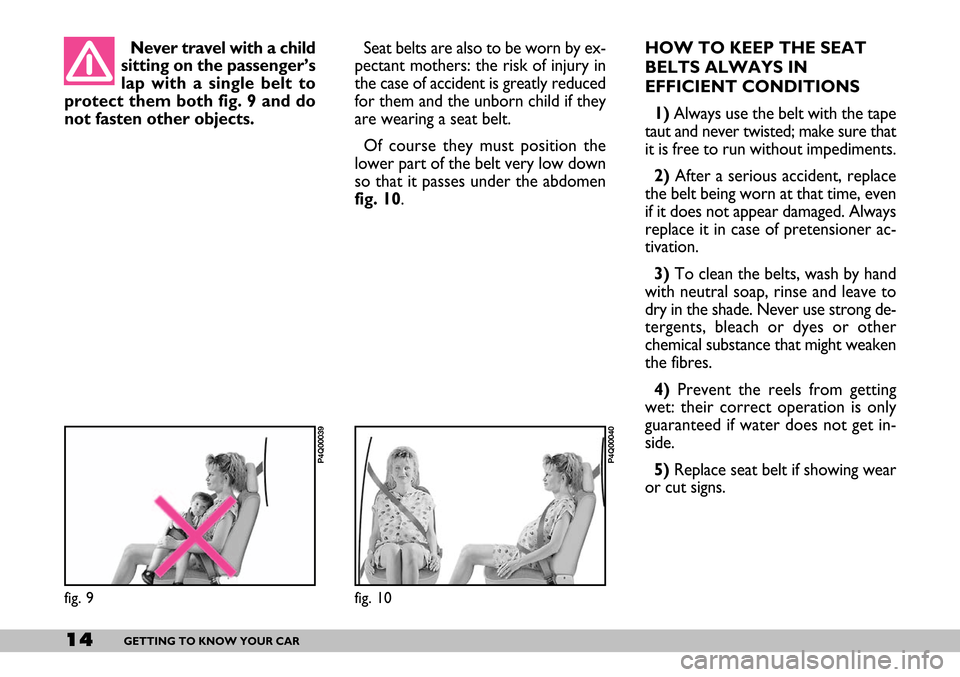
14GETTING TO KNOW YOUR CAR
Seat belts are also to be worn by ex-
pectant mothers: the risk of injury in
the case of accident is greatly reduced
for them and the unborn child if they
are wearing a seat belt.
Of course they must position the
lower part of the belt very low down
so that it passes under the abdomen
fig. 10.
fig. 10
P4Q00040
Never travel with a child
sitting on the passenger’s
lap with a single belt to
protect them both fig. 9 and do
not fasten other objects.
fig. 9
P4Q00039
HOW TO KEEP THE SEAT
BELTS ALWAYS IN
EFFICIENT CONDITIONS
1)Always use the belt with the tape
taut and never twisted; make sure that
it is free to run without impediments.
2)After a serious accident, replace
the belt being worn at that time, even
if it does not appear damaged. Always
replace it in case of pretensioner ac-
tivation.
3)To clean the belts, wash by hand
with neutral soap, rinse and leave to
dry in the shade. Never use strong de-
tergents, bleach or dyes or other
chemical substance that might weaken
the fibres.
4)Prevent the reels from getting
wet: their correct operation is only
guaranteed if water does not get in-
side.
5)Replace seat belt if showing wear
or cut signs.
Page 16 of 154
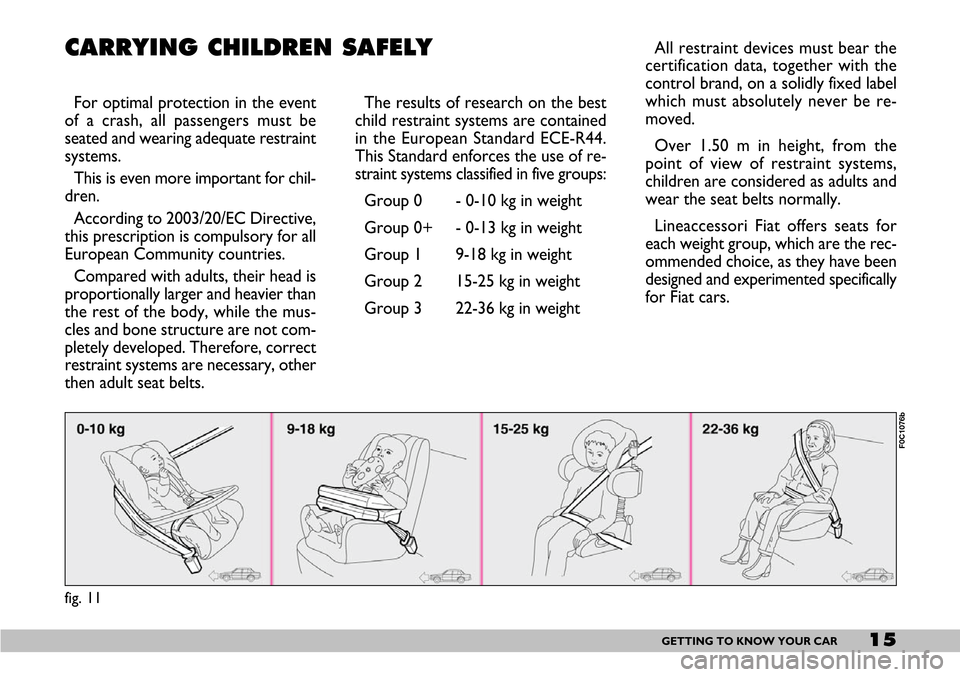
15GETTING TO KNOW YOUR CAR
fig. 11
F0C1076b
CARRYING CHILDREN SAFELY
For optimal protection in the event
of a crash, all passengers must be
seated and wearing adequate restraint
systems.
This is even more important for chil-
dren.
According to 2003/20/EC Directive,
this prescription is compulsory for all
European Community countries.
Compared with adults, their head is
proportionally larger and heavier than
the rest of the body, while the mus-
cles and bone structure are not com-
pletely developed. Therefore, correct
restraint systems are necessary, other
then adult seat belts.The results of research on the best
child restraint systems are contained
in the European Standard ECE-R44.
This Standard enforces the use of re-
straint systems classified in five groups:
Group 0 - 0-10 kg in weight
Group 0+ - 0-13 kg in weight
Group 1 9-18 kg in weight
Group 2 15-25 kg in weight
Group 3 22-36 kg in weightAll restraint devices must bear the
certification data, together with the
control brand, on a solidly fixed label
which must absolutely never be re-
moved.
Over 1.50 m in height, from the
point of view of restraint systems,
children are considered as adults and
wear the seat belts normally.
Lineaccessori Fiat offers seats for
each weight group, which are the rec-
ommended choice, as they have been
designed and experimented specifically
for Fiat cars.
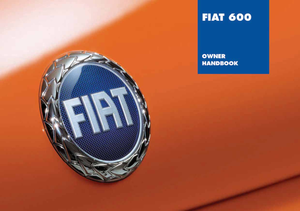 1
1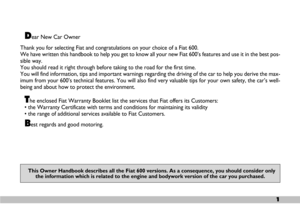 2
2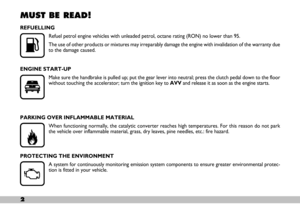 3
3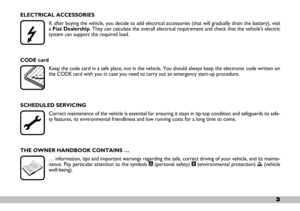 4
4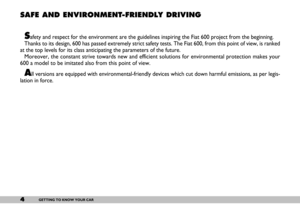 5
5 6
6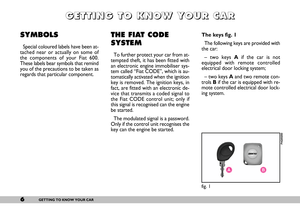 7
7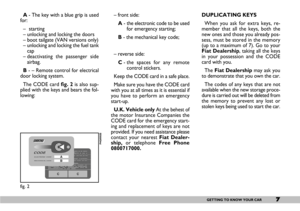 8
8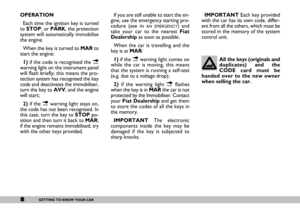 9
9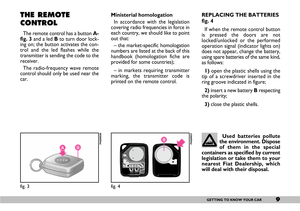 10
10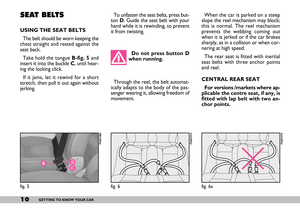 11
11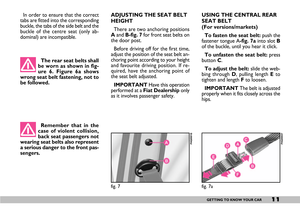 12
12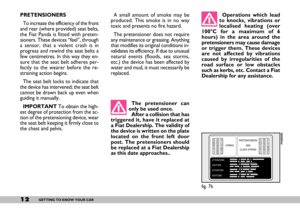 13
13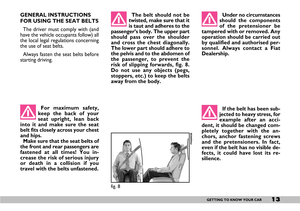 14
14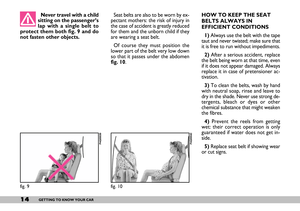 15
15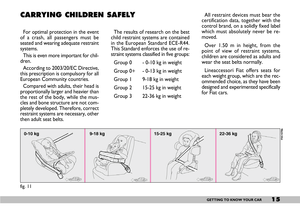 16
16 17
17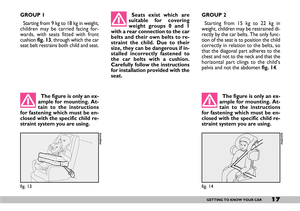 18
18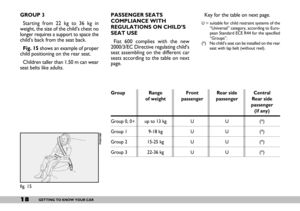 19
19 20
20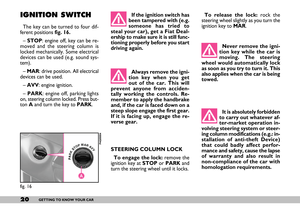 21
21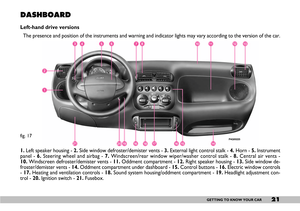 22
22 23
23 24
24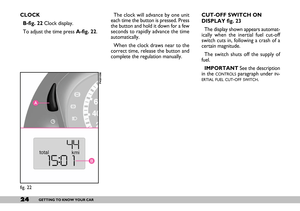 25
25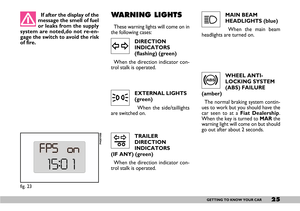 26
26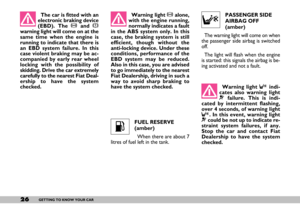 27
27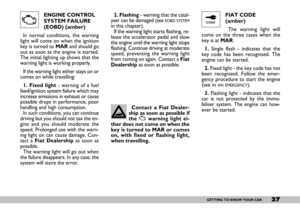 28
28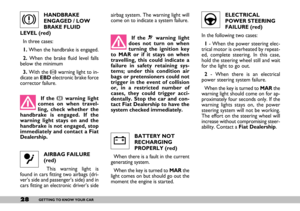 29
29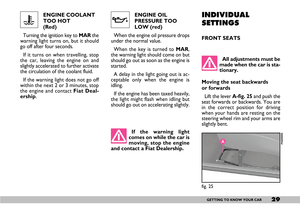 30
30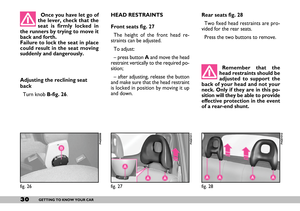 31
31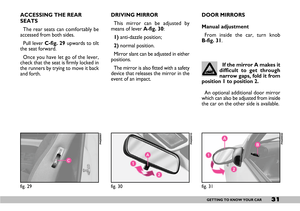 32
32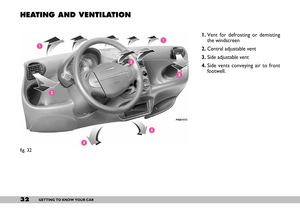 33
33 34
34 35
35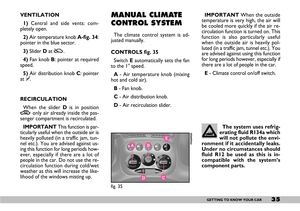 36
36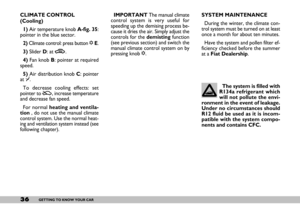 37
37 38
38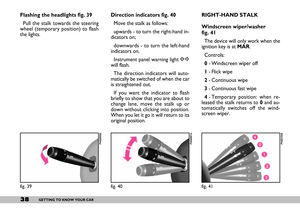 39
39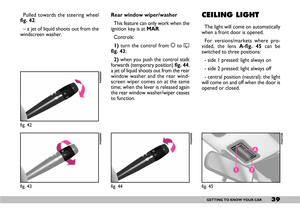 40
40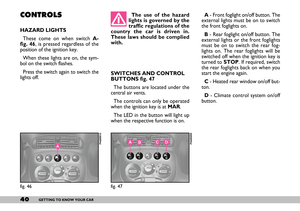 41
41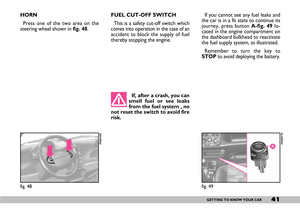 42
42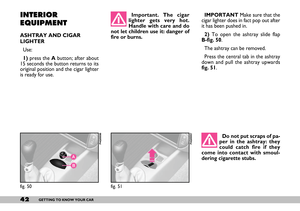 43
43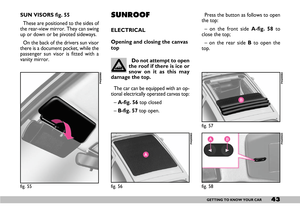 44
44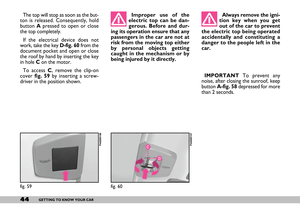 45
45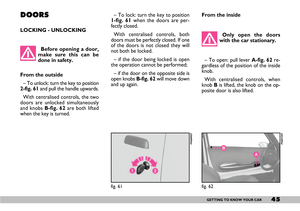 46
46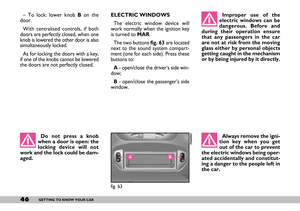 47
47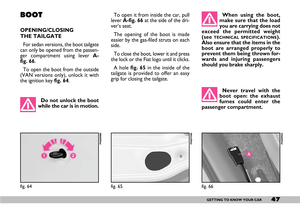 48
48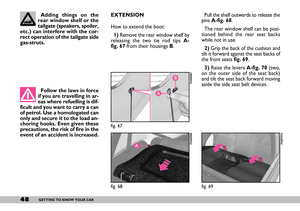 49
49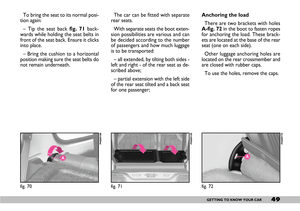 50
50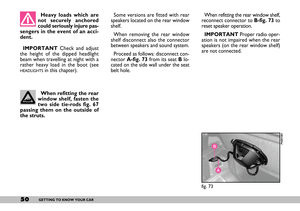 51
51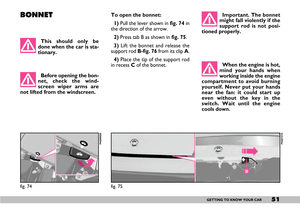 52
52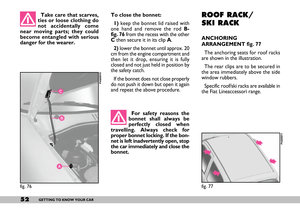 53
53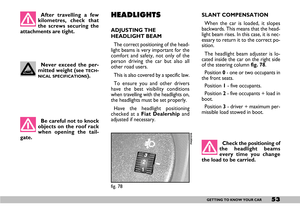 54
54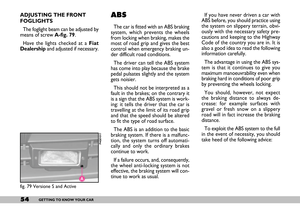 55
55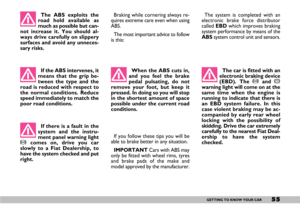 56
56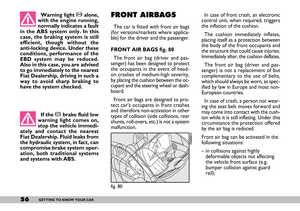 57
57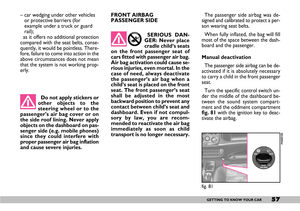 58
58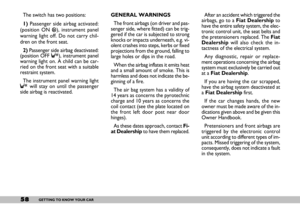 59
59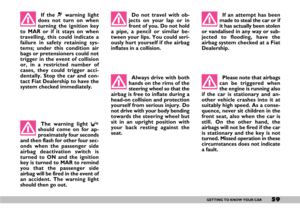 60
60 61
61 62
62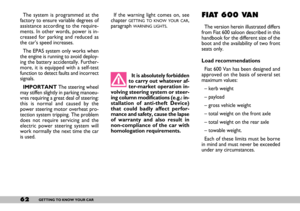 63
63 64
64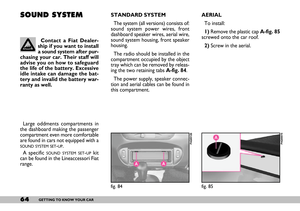 65
65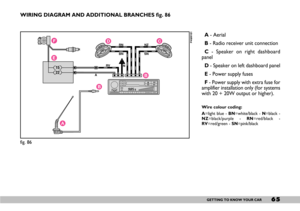 66
66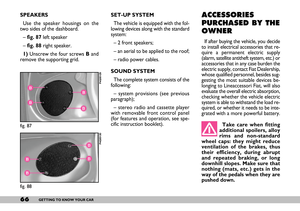 67
67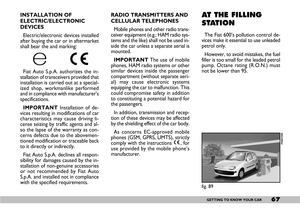 68
68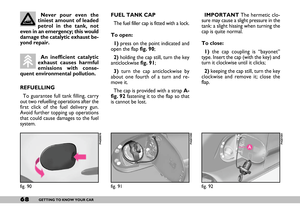 69
69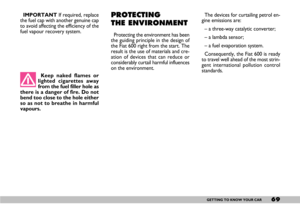 70
70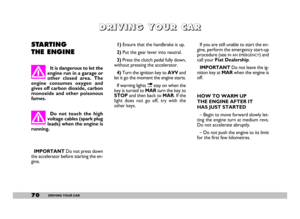 71
71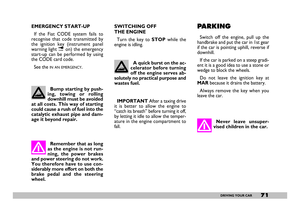 72
72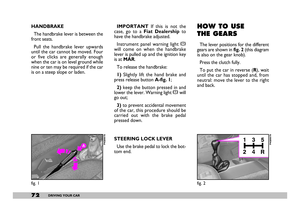 73
73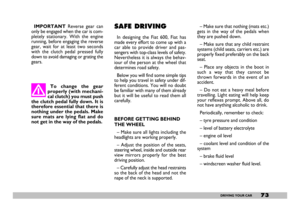 74
74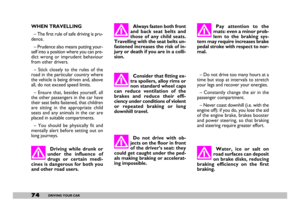 75
75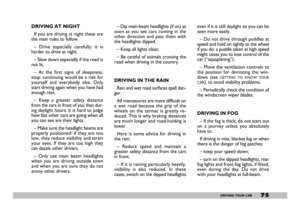 76
76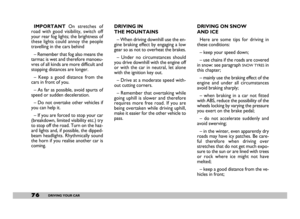 77
77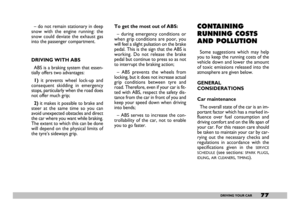 78
78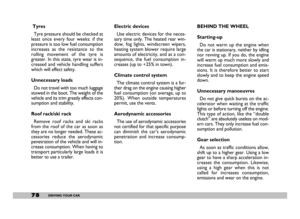 79
79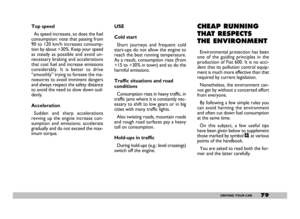 80
80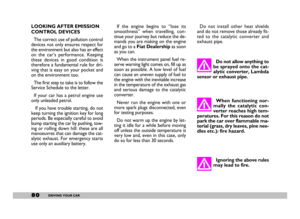 81
81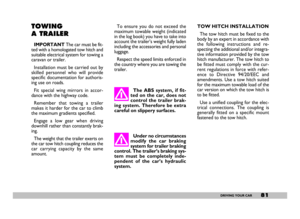 82
82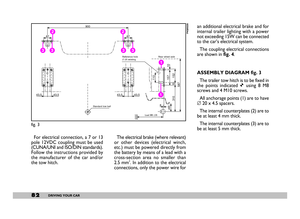 83
83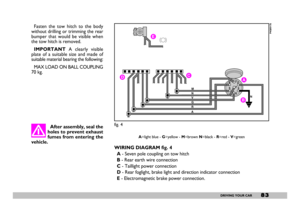 84
84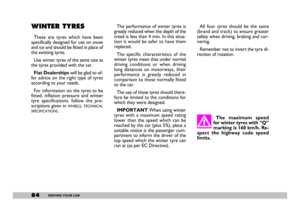 85
85 86
86 87
87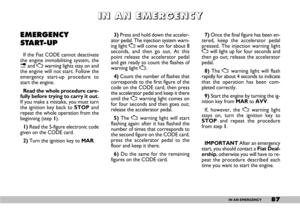 88
88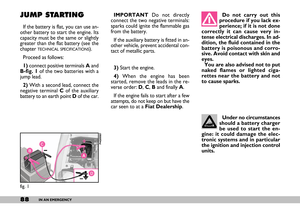 89
89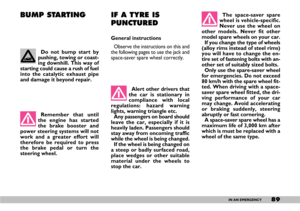 90
90 91
91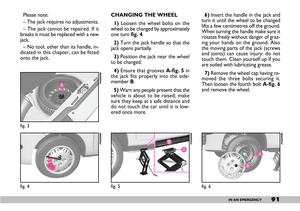 92
92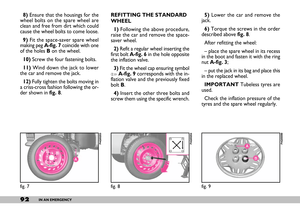 93
93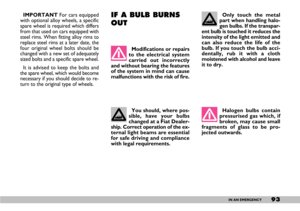 94
94 95
95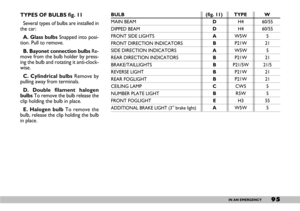 96
96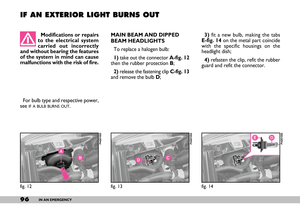 97
97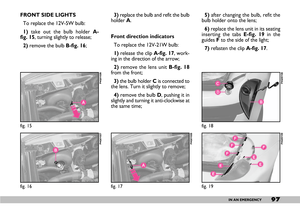 98
98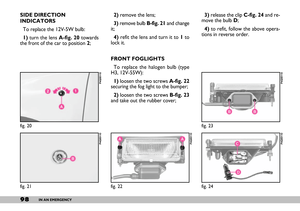 99
99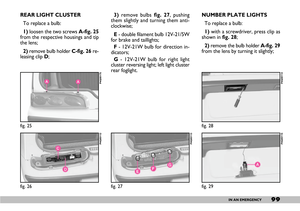 100
100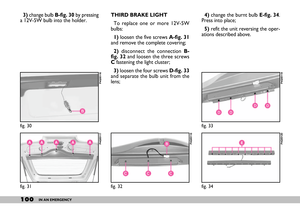 101
101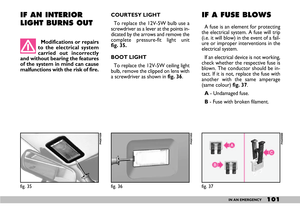 102
102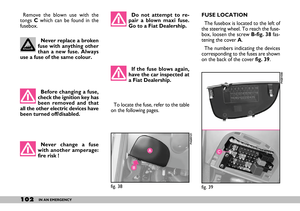 103
103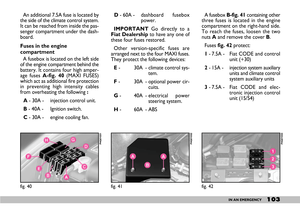 104
104 105
105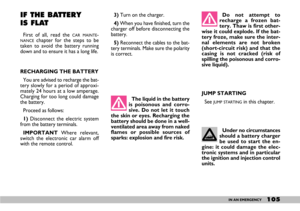 106
106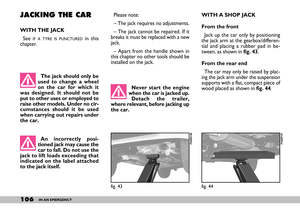 107
107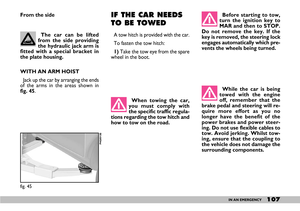 108
108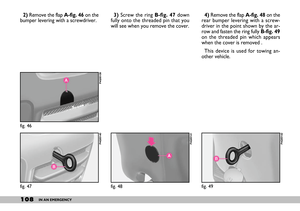 109
109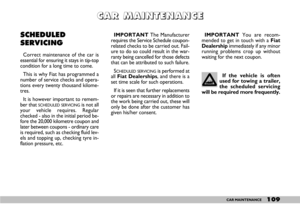 110
110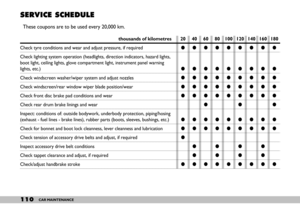 111
111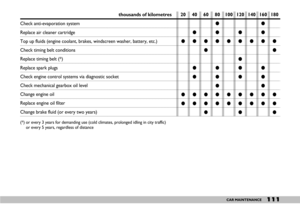 112
112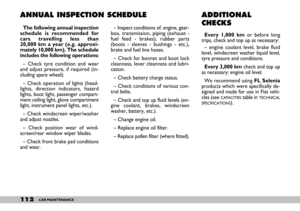 113
113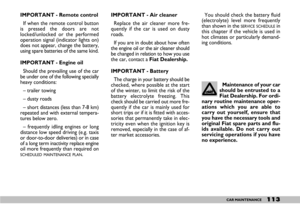 114
114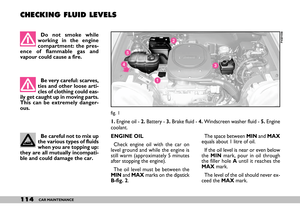 115
115 116
116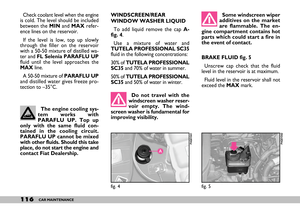 117
117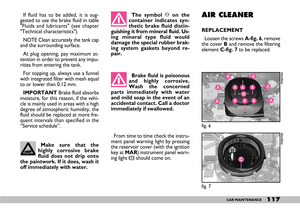 118
118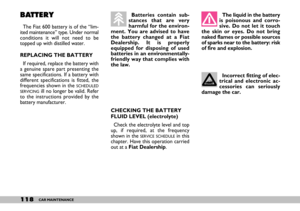 119
119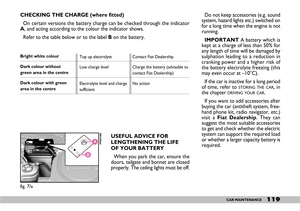 120
120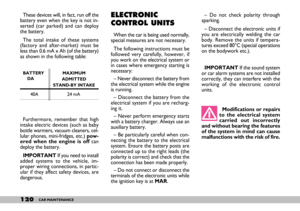 121
121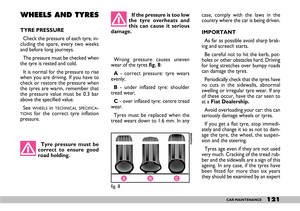 122
122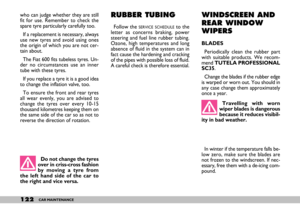 123
123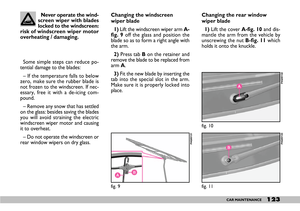 124
124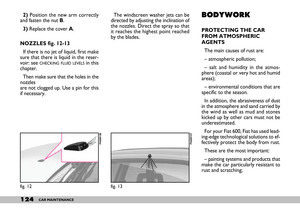 125
125 126
126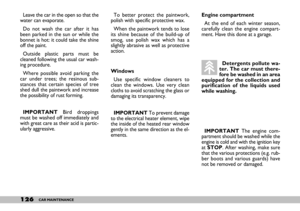 127
127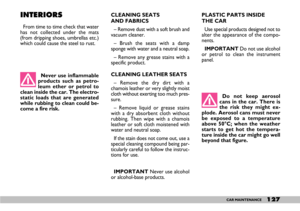 128
128 129
129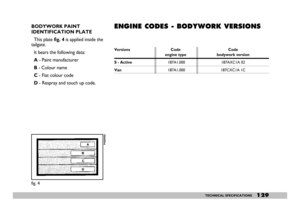 130
130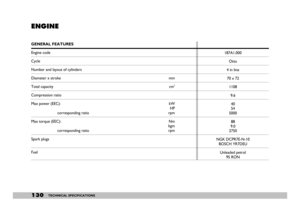 131
131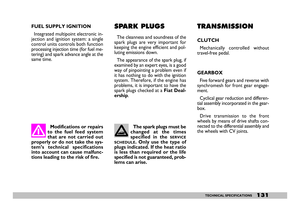 132
132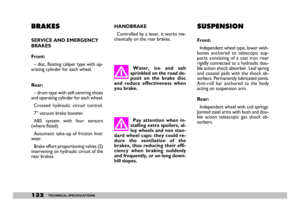 133
133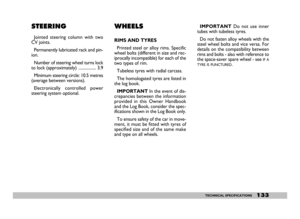 134
134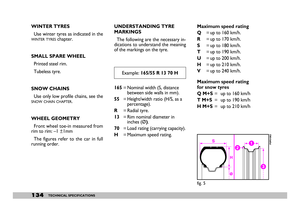 135
135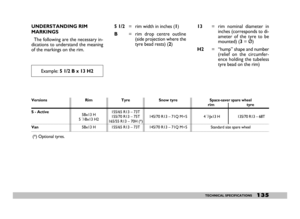 136
136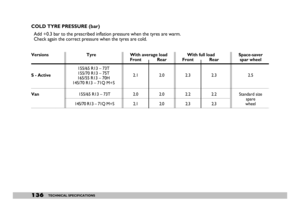 137
137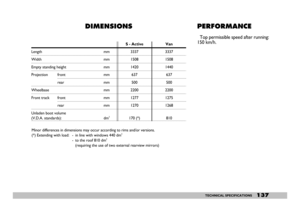 138
138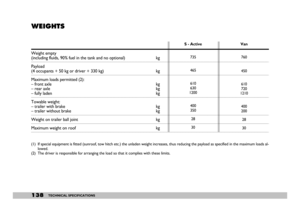 139
139 140
140 141
141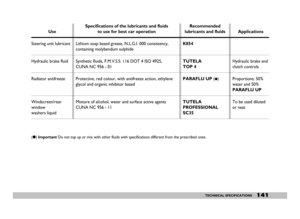 142
142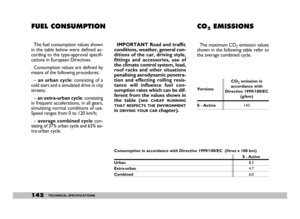 143
143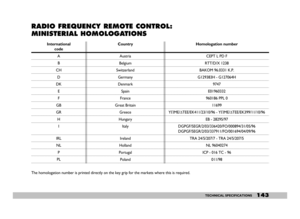 144
144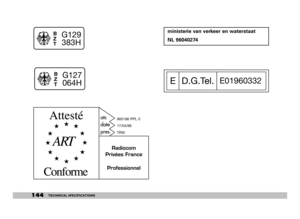 145
145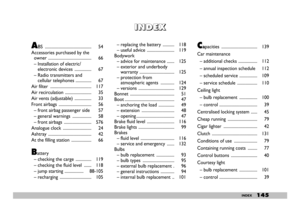 146
146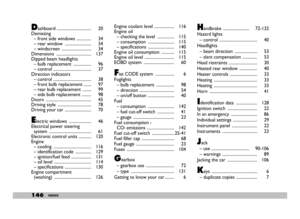 147
147 148
148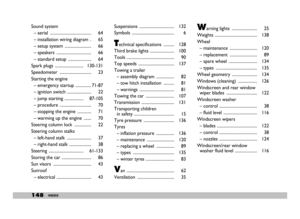 149
149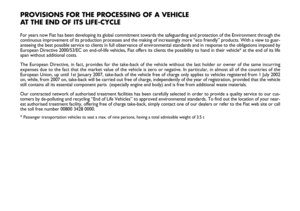 150
150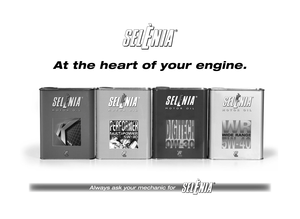 151
151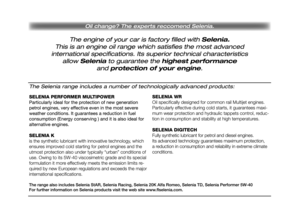 152
152 153
153






